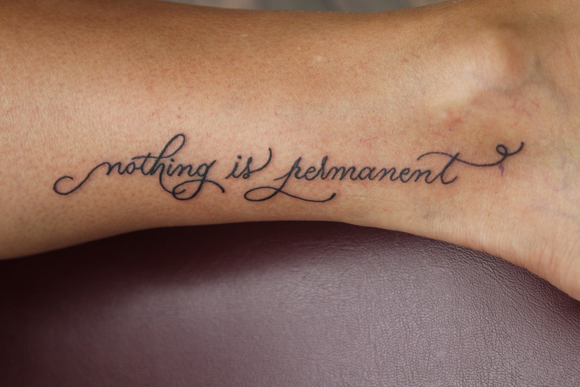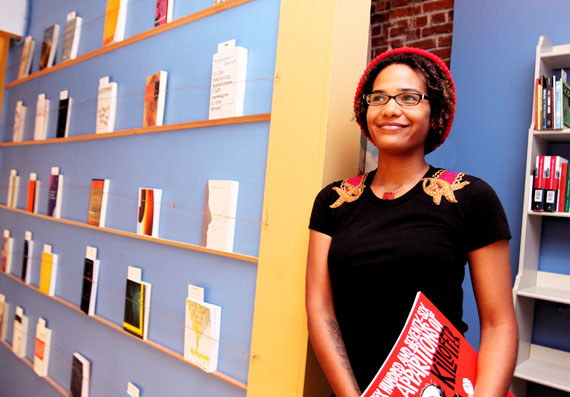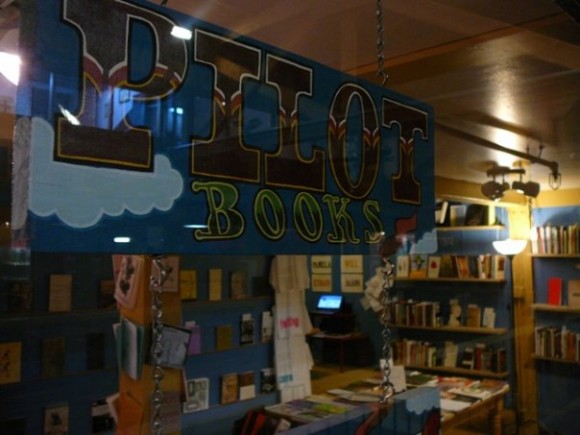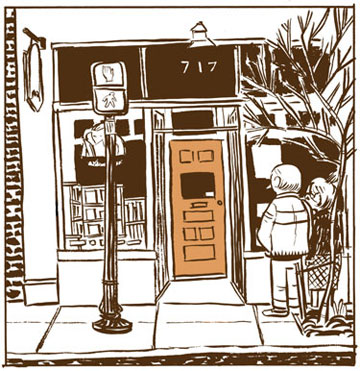Peter Cole of Keyhole Books has been showing his concern here and there over the last week about the state of small press publishing. Brief summary:The last two discussions I’m aware of concerned two things 1) the support structure of small press books, how it’s the same people buying the same things and how eventually this structure could collapse and the multitude of small press imprints out there will get washed away and 2) authors using small press imprints as stepping stones to bigger publishing houses instead of growing with the small press.
Pete, I feel you. The limitations of a small press are often frustrating and disappointing. But there’s a reason they call it small press. We don’t have marketing and publicity armies at our disposal that can go out and find an audience for a new title. Usually it’s just one dude working on it in his spare time, wearing all the hats.
Regarding the support structure, the problem is us small press publishers looking at the online writing scene and seeing it as a viable market, instead of looking for an audience outside of that scene. Regarding the stepping stone effect, Annalemma is in a somewhat different position. Traditionally, lit mags have functioned happily as a conduit for writers to travel beyond small press land. I’m hard pressed to find a problem with this. The reason small presses publish someone is because they love the writing, not because they think it will sell 10,000 units. If it sold a shit ton of books then they’d cease to be a small press. And if there’s a writer you publish that goes on to the bigger houses that wouldn’t be a boon for all parties involved?
Big time publishing works just like Hollywood. They spend a lot of money on a lot of titles (most of them garbage) in the hopes that one of them is a hit and can pay for the ones that flopped. By that point it’s just gambling, hedging bets, fully diluting that feeling that a small press gives you of presenting work to the world that is worth reading.
The point: There comes a time when you need to embrace where you’re at. Small press publishing will always be hard and never lucrative. To fight against that is a recipe for burnout. But there’s advantages to small press. We’re agile. We can shift course and pivot focus almost effortlessly. We’re able to experiment at relatively low risk. The prospect of something we put our hands on hitting the Bestseller list is laughable, but never impossible.
The greater point: you keep trying until it works or you run out of gas.
Thoughts?





































